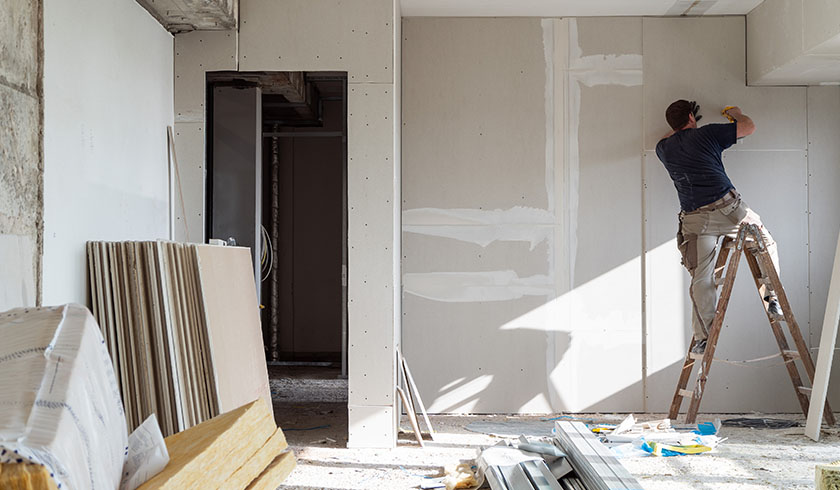2 rising risks that might make you rethink a house flip
As the market softens, certain risks for property investors can increase if they’re looking for a quick turnaround on properties they’ve bought and renovated, according to one market expert.

Pete Wargent, co-founder of buyer’s agent marketplace BuyersBuyers, has highlighted two additional facets that complicate the already-delicate equation of making money from property flipping.
“On top of the cost of renovating, there will always be transaction costs involved in the quick purchase, renovation, and resale of a property, including stamp duties, legal fees, and capital gains taxes,” Mr Wargent noted.
“Now there are two more factors which make life tougher for property flippers. Firstly, as interest rates rise, there is less certainty about the market outlook, and a renovator could find themselves selling into softer market conditions. The generic market capital gains may not be there to carry a project through to profitability,” he said.
The second factor is construction costs, which continue to rise in the face of supply chain issues and a lack of skilled workers.
“There’s a tangible risk for over-capitalisation if property market participants don’t budget carefully,” Mr Wargent said of calculating the cost to renovate.
“Figures from the ABS showed that the prices of timber and steel have rocketed about 50 per cent higher, while a range of other materials and services have seen the average cost of construction of a new home up by 20 per cent from last year.”
BuyersBuyers chief executive Doron Peleg walked through the numbers to show how slim the margin of error now is for budgeting a potential property renovation and resale.
“In 2021, purchasing a property price for $600,000, adding $120,000 of value with a $60,000 renovation, and factoring in a property market increase by 20 per cent, could lead to a profitable sales price of $840,000. Even after accounting conservatively for 7 to 8 per cent transaction costs, there’s still generous profit to be made in such a deal in a brief period of time.
“However, you can also easily see how a reduction in market values of, say, 10 per cent could leave an investor undertaking a flipping project in a precarious or loss-making position, particularly if there were unforeseen cost overruns due to materials or trades shortages,” Mr Peleg said.
Mr Wargent agreed, noting that with markets fluctuating at different speeds around the country, much depends on location.
“Renovators and flippers need to factor in the outlook for the local market they are operating in to effectively manage project risks,” he said.
“Sydney and Melbourne are the most expensive markets, where households may have larger mortgages, and rising fixed mortgage rates have already dampened sentiment. Some other markets such as Adelaide and a range of regional markets still have some solid momentum.”
He advised anyone still confident about their ability to flip a property to take a long-term view of the project.
“There’s a looming undersupply of family-appropriate dwellings in the middle-ring suburbs of many of the capital cities, and there are plenty of prospects for growth in rents and property prices in these landlocked areas over the coming decade,” he said.

